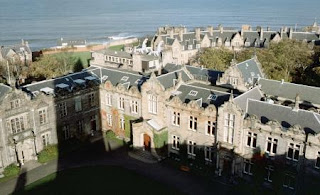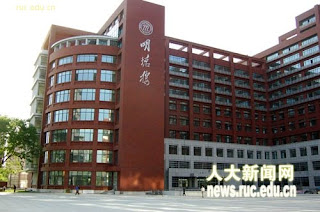NASA Launches Students into Orbit

In a 20-foot vertical spin tunnel at the NASA Langley Research Center, aerospace technologist Steve Riddick tests free-flying models of fighter aircraft, transport vehicles and capsule vehicles to see how they perform under different conditions. “It’s one of the better places to give a tour because there’s a lot of visual stimulation with that tunnel,” Riddick said. “You get to actually see something going on, as opposed to some computer collecting data.” And that’s what STEM is all about. As the United States focuses more on these academic subjects, NASA is on a mission to engage students, educators and families in STEM fields, as well as to strengthen the future workforce of the organization and the nation. Almost half of NASA’s current workforce consists of baby boomers, and by the end of fiscal year 2010, more than 20 percent of the organization’s workers will be eligible to retire, according to a 2008 presentation by Toni Dawsey, assistant administrator for human capital manage...













